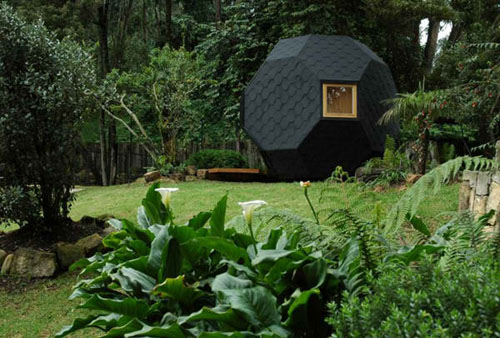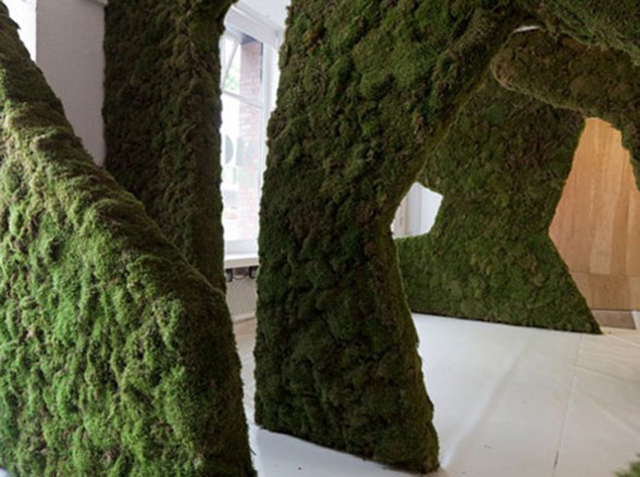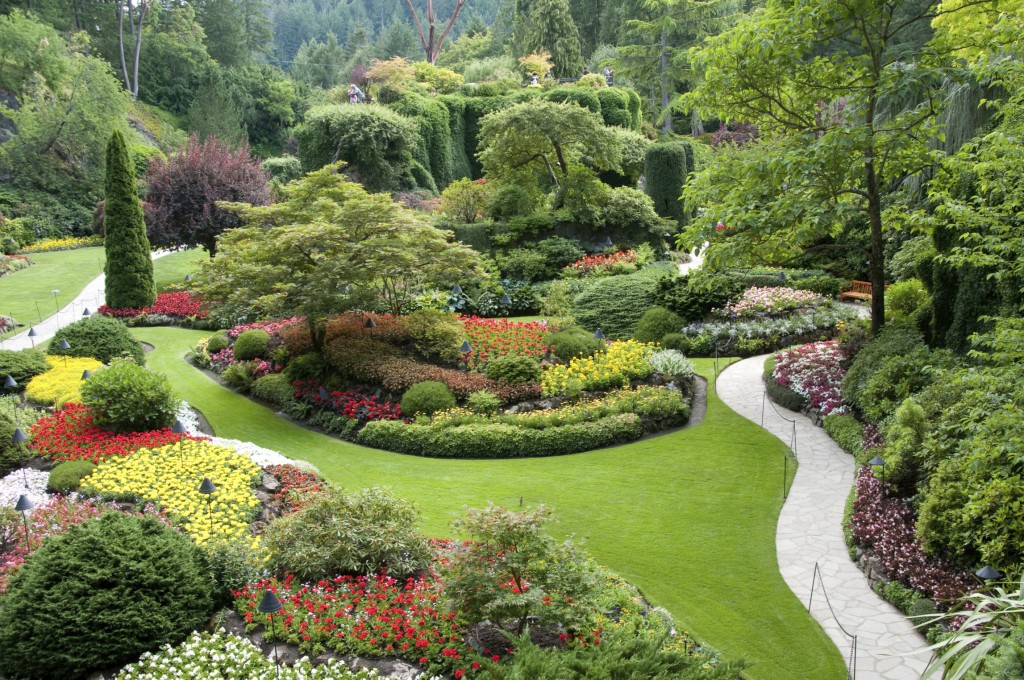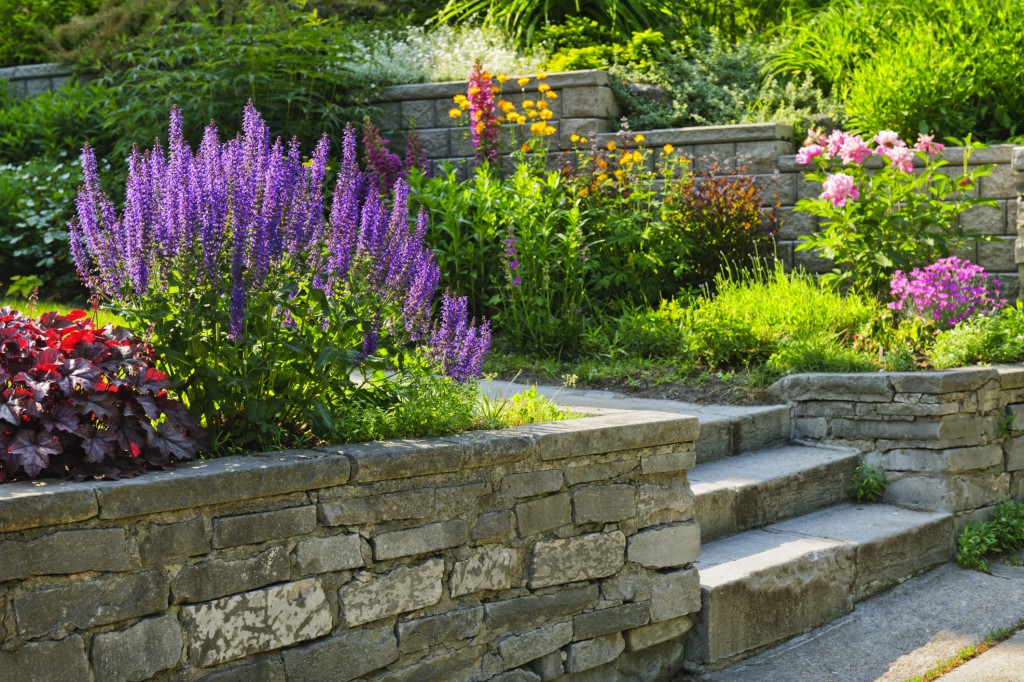Whether you own a house or a mansion, the basic of a garden is bound to make you think of exotic plants, beautiful hardwoods and mystical stones imported from say India. Furthering your vision, you might also choose to consider scented herbs and shrubs which are ornamental and need quite a bit of investment and care to start with.
However, if you have finally awakened of your dreamy visions and smelled the proverbial coffee, its time you bit the proverbial bullet as well. The elements present in your dream vision are literally drilling a super massive black hole on the face of the earth. Moreover, these exotic hardwoods and stones from India that enchant you so much might be the results of some poor kids unfortunate enough to be forced into child labor.
Think now, does that dream still seem important? If not, here is what you can do to get that beautiful dream in the best manner possible. After all, never giving up on your dreams should also be preached!
[box_dark]Water-smart Alternatives[/box_dark]
At the surface, you might think that the judicious use of water may hint toward absence of the same and hence the absence of greenery. Nevertheless, modern thought process has and will allow you to understand that the choice of judiciousness should be applied not to the water, not just yet at any rate, but in fact to the choice of plants and outlay of the garden.
This option also gives you a chance to explore brilliant and innovate combinations in the selection of plants. Also, after careful evaluation of the lawn, you may want to add a variant of the turf grass which needs less water than usual to flourish. The climate should also be taken into consideration in such a case.
[box_dark]Plant Choice Revamped[/box_dark]
The basic idea of a garden starts and indeed ends with plants. The question of reduction of water also hangs heavily. In that case, choose native plants that sustain in your region. If you are not sure what sustains in your region, look for places with similar climatic conditions and make a small assessment. Such native plants will certainly need less water than more exotic options.
In many cases it has also been seen that such native plants are more resistant to drought, diseases and of course pests. It is also implied that the growth is better and the resulting flowers or fruits are more in number. If you are however bent on choosing some particular types of exotic plants, make sure that you plant them pretty close to one another. This way only one area will require the maximum water. Be sure to infuse mulch on the irrigated surface in order to prevent evaporation.
[box_dark]Group-ism[/box_dark]
Though a terrible thing in real life, an eco-friendly garden will certainly thrive well, if plants in the similar group or with similar needs are placed together. For instance, placing a perennial beside Lavender is nothing but a waste of resources. Why? Because each has its own need for sun and water.
This is something very relative and needs careful study in order to judge what goes with what. However, that is a very small price to pay when it comes to the environment and of course saving money by preventing the wastage of resources.
[box_dark]Addition of compost[/box_dark]
Not too long ago, something about mulching was slightly mentioned. As was previously said, addition of a thick layer of mulch is important for retaining the moisture of the soil. Compost is probably the best option, whichever way you look at it.
Water is held back since the loose nature of the component helps in absorption rather than simply drifting away. In addition, composting provides nutrients and helps in the suppression of weeds.








